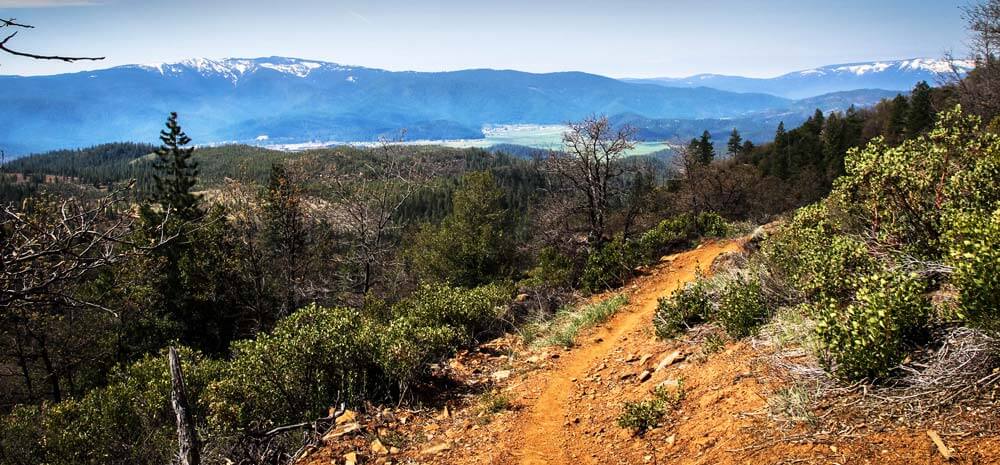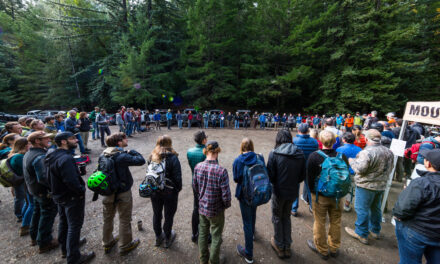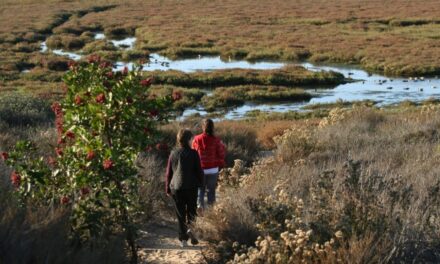- Tahoe’s Nevada Beach Tops the List of Hard-to-Book Campgrounds - 07/17/2024
- Cannabis Watershed Protection Program Cleans Up Illegal Grow Sites - 07/10/2024
- French Fire - 07/05/2024
Sierra Nevada Conservancy awards $360,525 planning grant linking 15 communities by trail
To fulfill the Sierra Buttes Trail Stewardship (SBTS) mission of building sustainable, recreation-based communities, Connected Communities will change the economic future of Sierra, Plumas, Lassen and Butte County forever. Linking 15 California mountain communities across four economically disadvantaged counties by approximately 300 miles of new motorized and non-motorized trails, the Lost Sierra Master Trails Plan and Connected Communities project will be a historic collaboration between federal land managers, regional government, local businesses and concerned citizens.
SBTS is a Quincy, California-based 501c3 focused on building what the organization calls #dirtmagic – multiple-use motorized and non-motorized trails for public use – in the Lost Sierra region of the Northern Sierra Nevada range. Since its founding in 2003, SBTS has built 93 miles of new trail and maintained 1,163 miles of existing trail while employing a full-time Professional Trail Crew and contributing 89,800 hours of volunteer labor.

Connected Communities Map Details
Connected Communities is the most significant project in SBTS history, linking Loyalton, Sierraville, Sierra City, Downieville, Quincy, Graeagle, Portola, Taylorsville, Greenville, Chester, Westwood, Susanville, Jonesville, Truckee and Verdi, Nevada, providing a world-class network of trails that all user groups can enjoy. This trails-focused effort will support severely disadvantaged communities through recreation-based economic growth.
According to the Bureau of Economic Analysis, outdoor recreation generated $887 billion in consumer spending annually, ranking fourth of all consumer spending nationwide.
“Recreation is a powerful economic sector, eclipsing the previous boom and bust cycles of mining and timber in Northern California,” said Greg Williams, SBTS Executive Director. “More importantly, recreation is sustainable, and building trails is a perfect dirt avenue to educate users about public lands and healthy watersheds.”
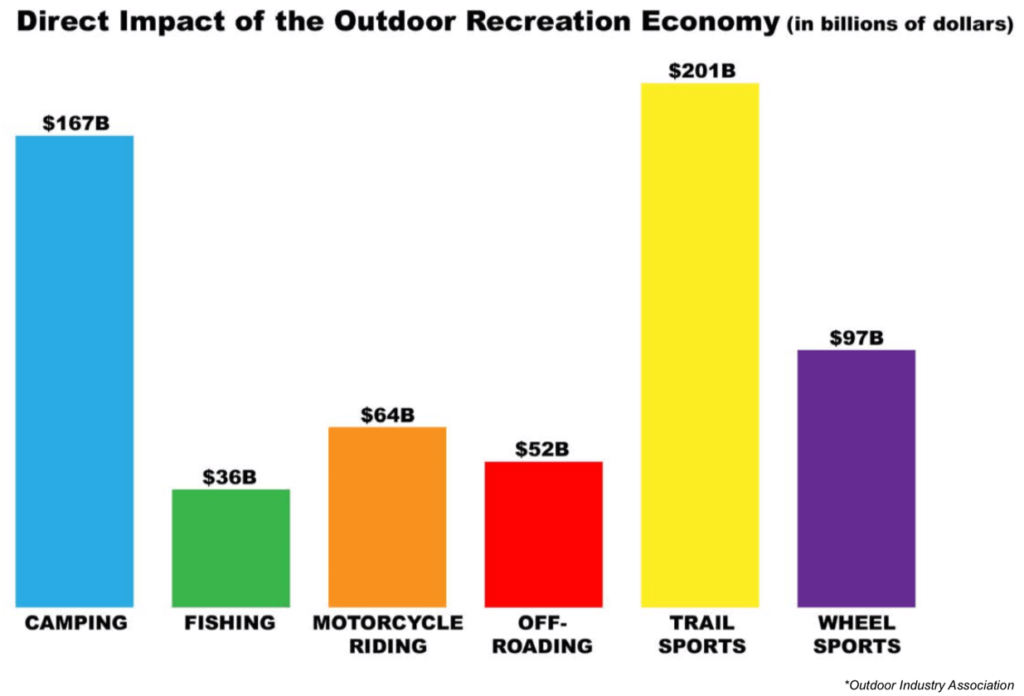
Connected Communities will focus on the Northern Sierra Nevada range, home of both the Yuba and Feather Rivers; critical watersheds delivering more than 65 percent of California’s clean drinking water. Proposition 68, The Clean Water and Parks Act, was passed on June 6, 2018, authorizing $4 billion in general obligation bonds for state and local parks, environmental protection and restoration projects and water infrastructure projects. Central to Prop 68 is educating the public about these important environmental efforts, and getting the public outdoors on trails to see these efforts firsthand is an effective and engaging way to learn while bolstering the economies of watershed communities.
Through Proposition 68 grant funding, and the Sierra Nevada Conservancy (SNC) Resilient Communities Grant Program, SBTS was recently awarded a $360,525 planning grant to get started with Phase 1 of the Connected Communities project. This funding through the Phase 1 work includes inventory, planning and mapping of the new network of trails, as well as community outreach and input, land manager agreements and Memorandums of Understanding (MOU). SBTS will provide an official Trails Feasibility Study and a Regional Master Trails Plan for Connected Communities.
“Trails on public lands are proven to create local employment, attract visitors and new businesses, and improve the health and economy of mountain communities,” said Lynn Campbell, North Central Area Representative, SNC. “The SBTS project collaboratively envisions and supports Proposition 68 and SNC’s Resilient Communities objectives by creating a new system of world class multiple-use trail experiences through public lands at the top of California’s key Sierra Nevada watersheds. We are happy to support this vision to preserve and celebrate the character of rural communities and create new opportunities for prosperity in the Sierra Nevada.”
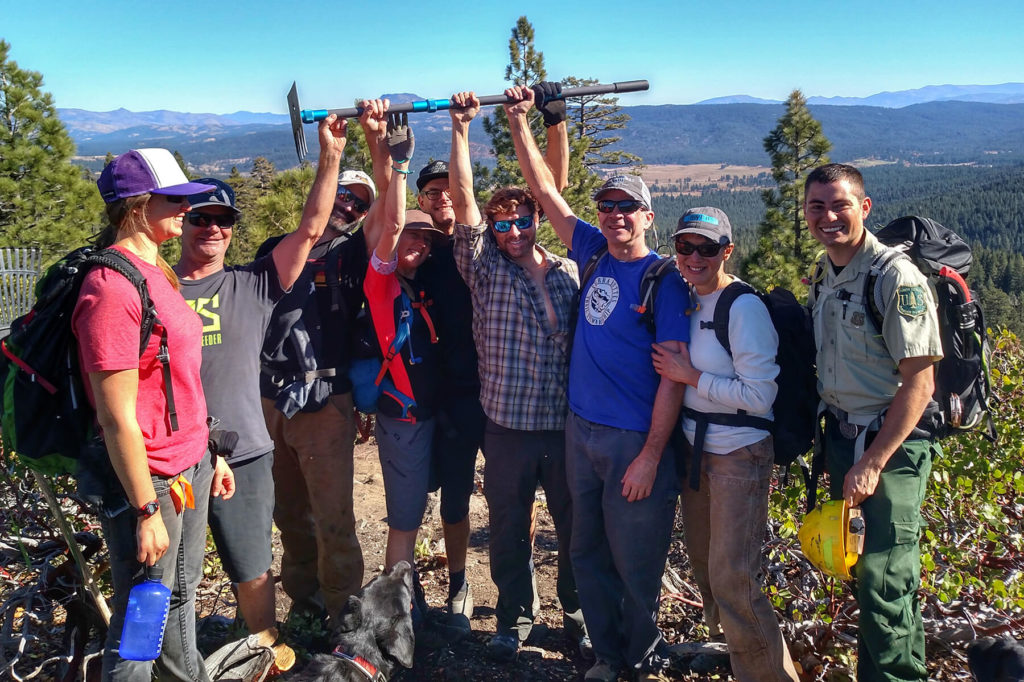
SBTS trail workers on Mills Peak.
Connected Communities will also identify areas within each community where high-quality trail access would create benefits for residents, businesses and visitors. Delivering these trails to “Main Street” of each community will bring in visitors patronizing restaurants, accommodations and services, as well as enabling residents to easily access their local public lands without the use of a vehicle.
Connected Communities Phase 2 will be NEPA/CEQA Environmental Studies on 300 miles of new trail, with a projected cost of $792,000. Phase 3 will be where shovels hit the dirt, constructing the trails on National Forest lands using Challenge Cost Share, Voluntary Services Agreements, locally hired Trail Crews, student trail crews and volunteers. Projected cost of constructing 300 miles of trail is approximately $7,920,000.
SBTS is using The John Muir Trail as a model for this project, an iconic hiking trail running 211 miles through the Sierra Nevada, constructed between 1915 and 1938. But where the John Muir trail remains in extremely rugged and remote terrain, far from any communities, Connected Communities will bring the trail into town, helping drive the economic health of each community.
Through the course of the Phase 1 planning cycle, SBTS will be holding town hall meetings in each Connected Communities town, gathering input from local residents. For more information on town hall dates, the Connected Communities project and how the public can engage, visit: sierratrails.org/dirt-magic
None of this Connected Communities work would be possible without the support and cooperation of partners. All Connected Communities partners as of November 2019 are listed below.
● US Forest Service, Pacific Southwest Region 5
● Plumas County Board of Supervisors
● Plumas County Dept. Public Works
● Sierra County Board of Supervisors
● Lassen County Board of Supervisors

